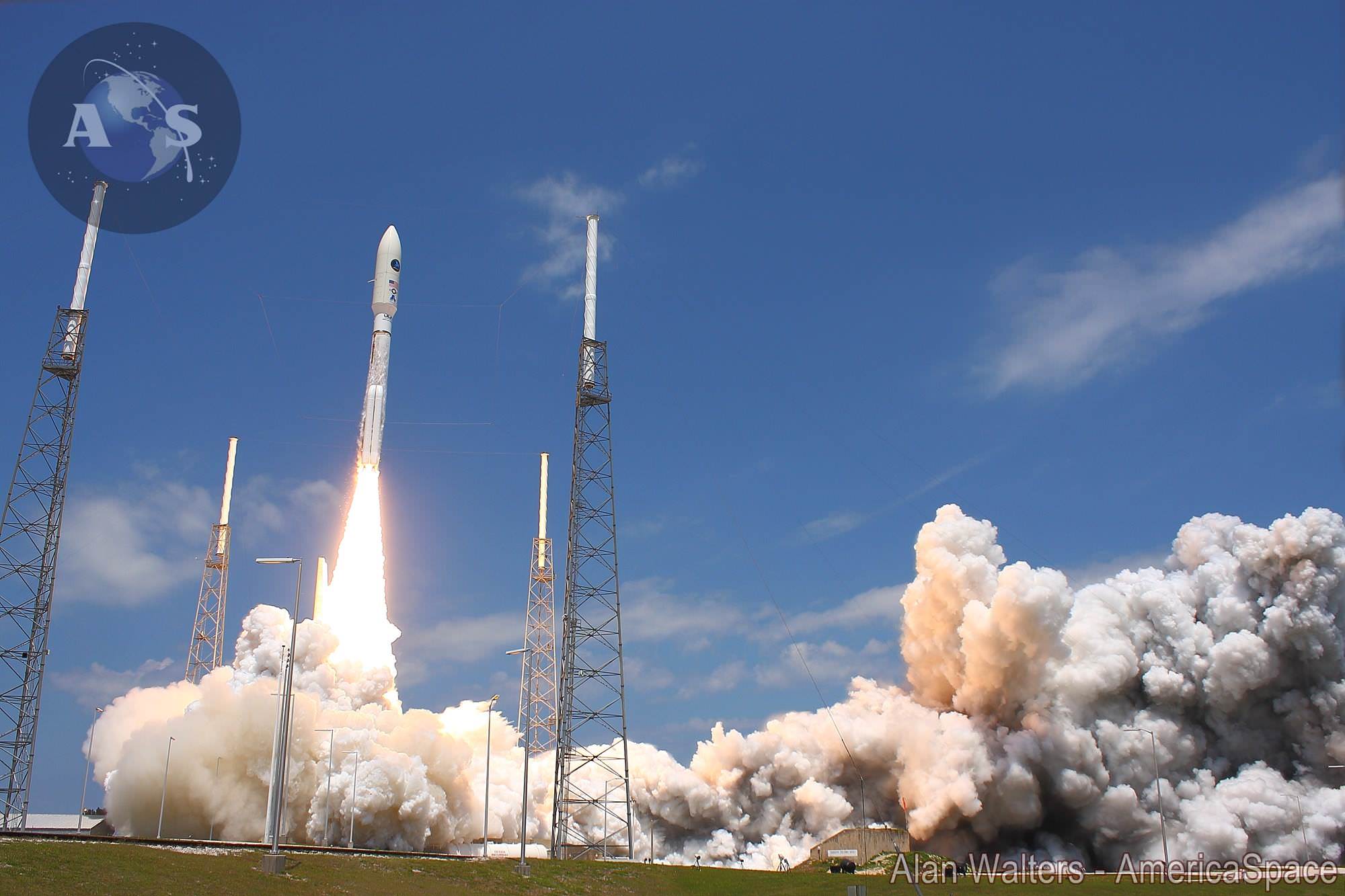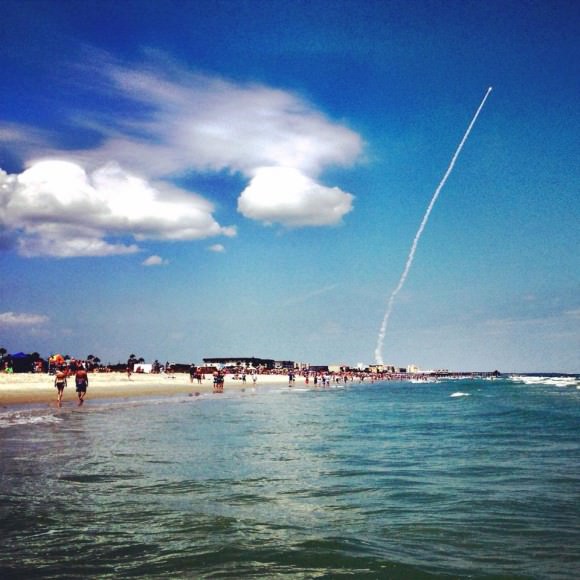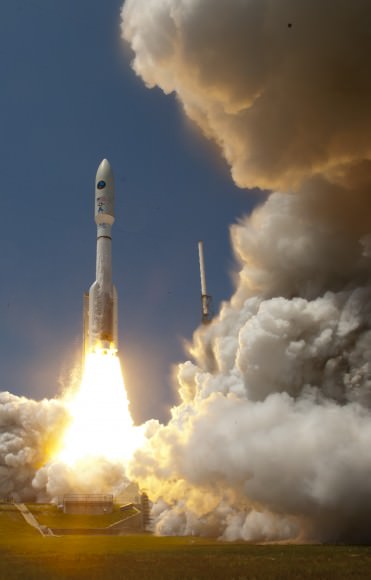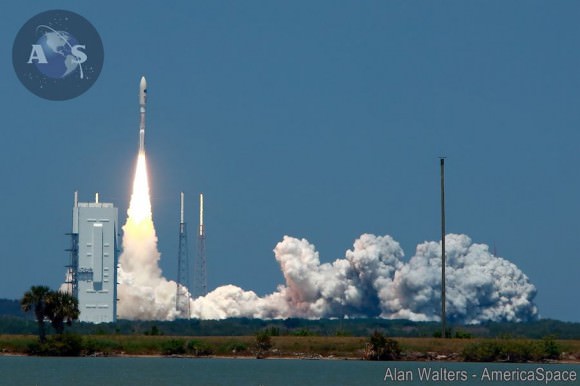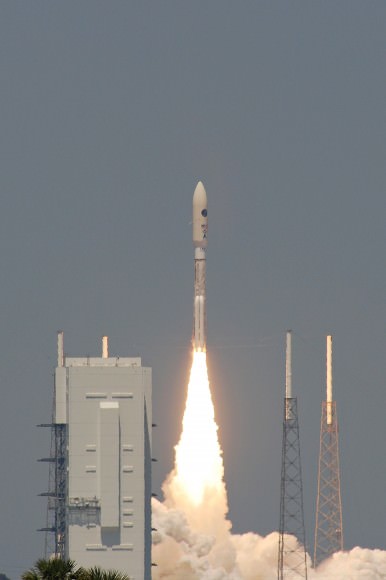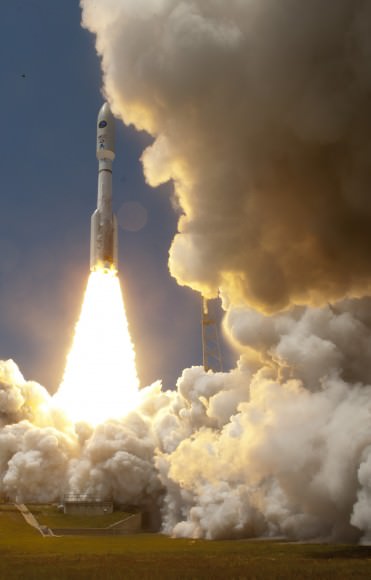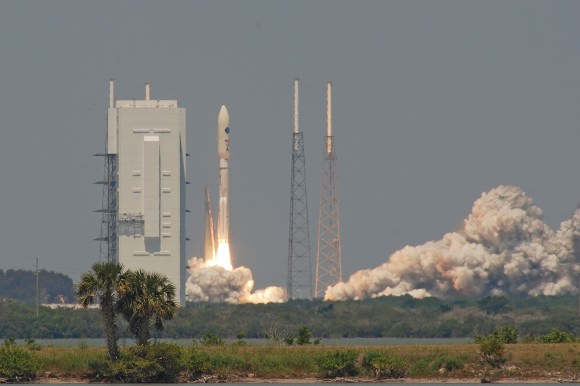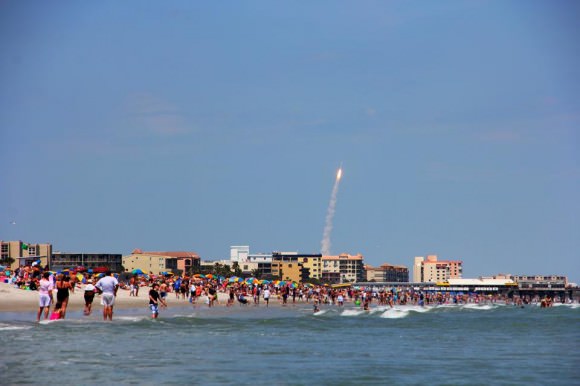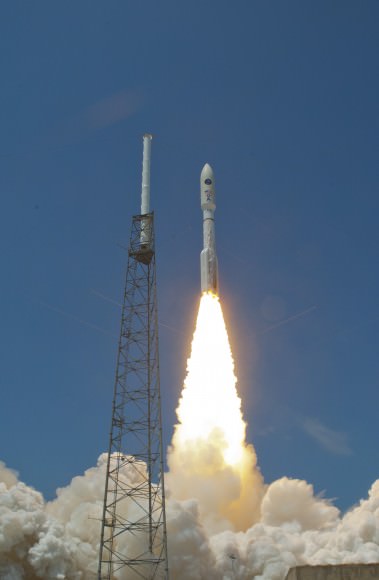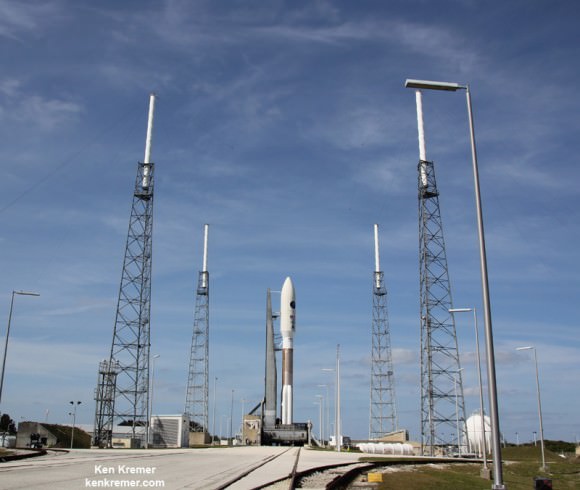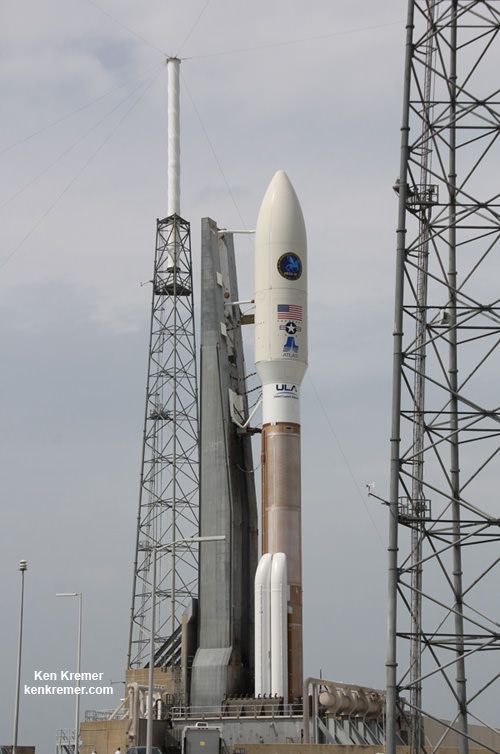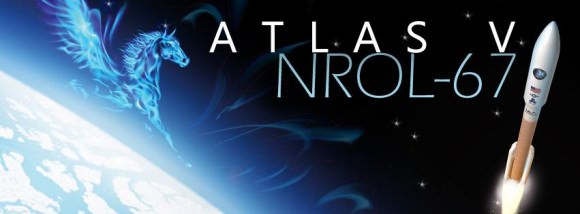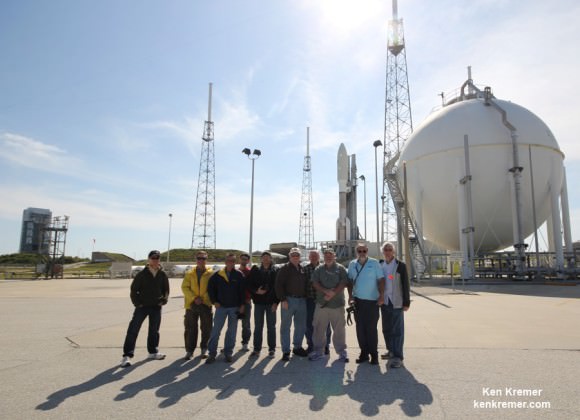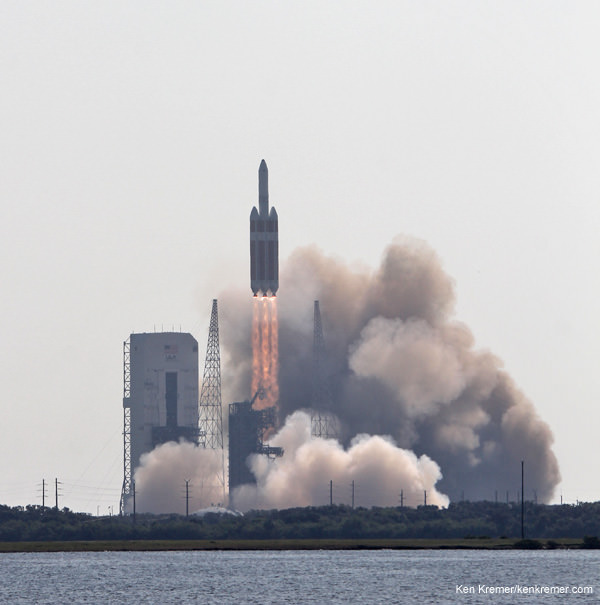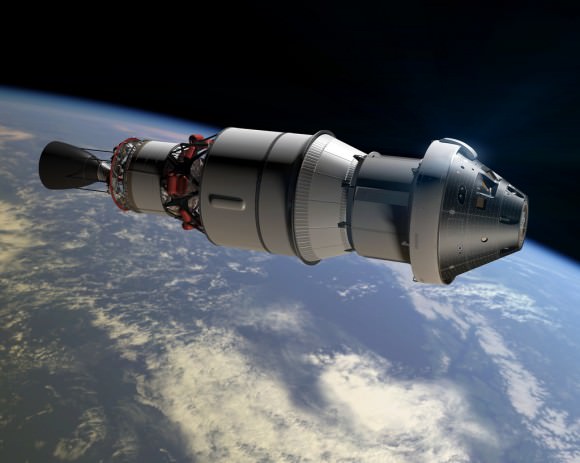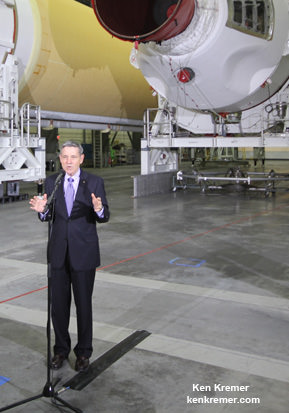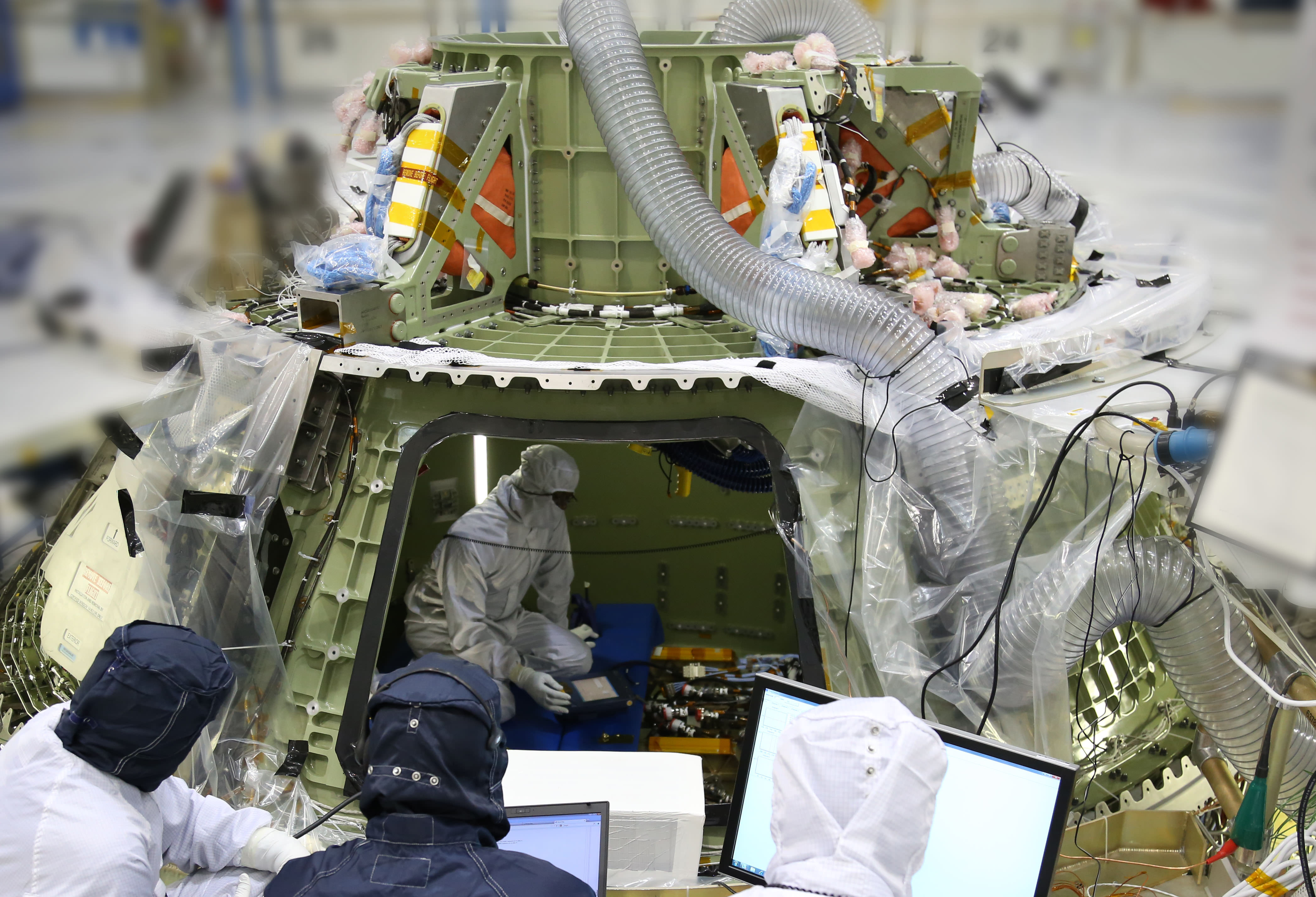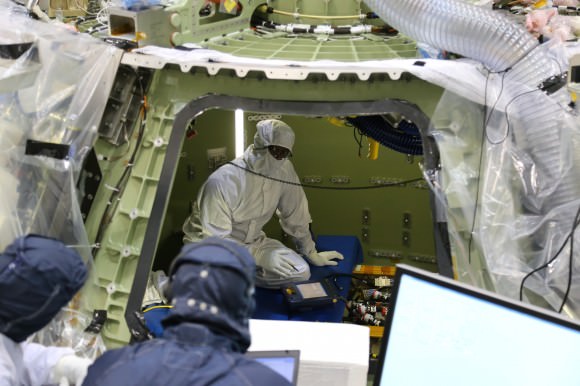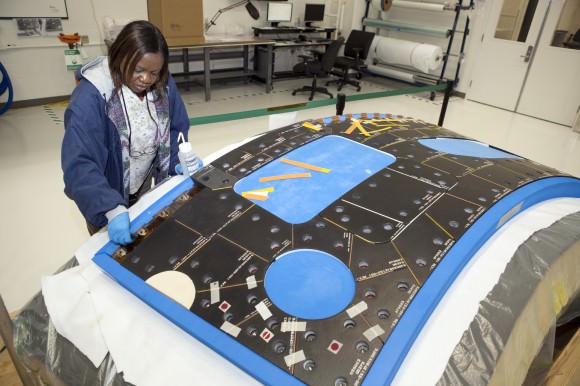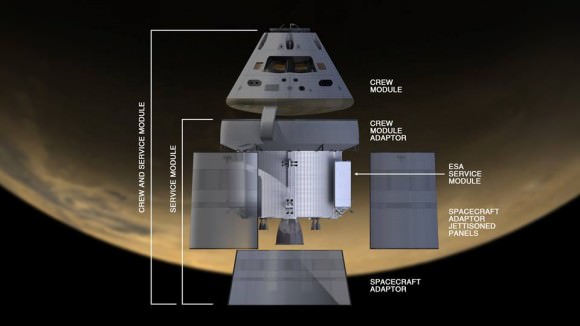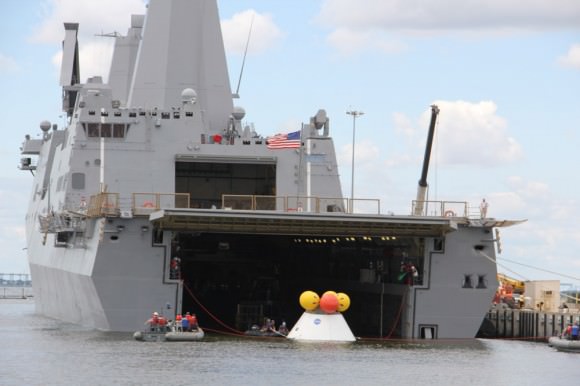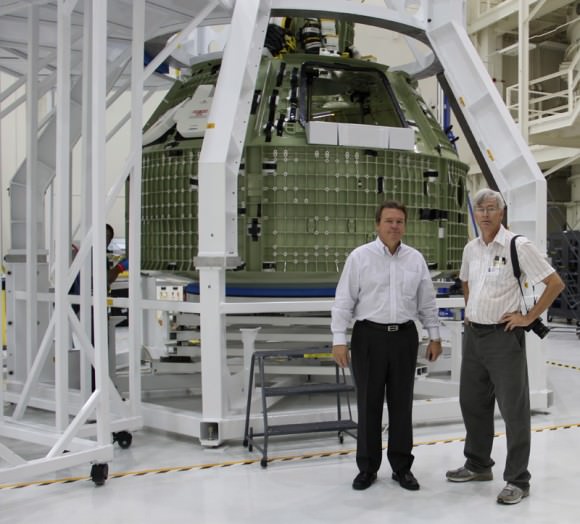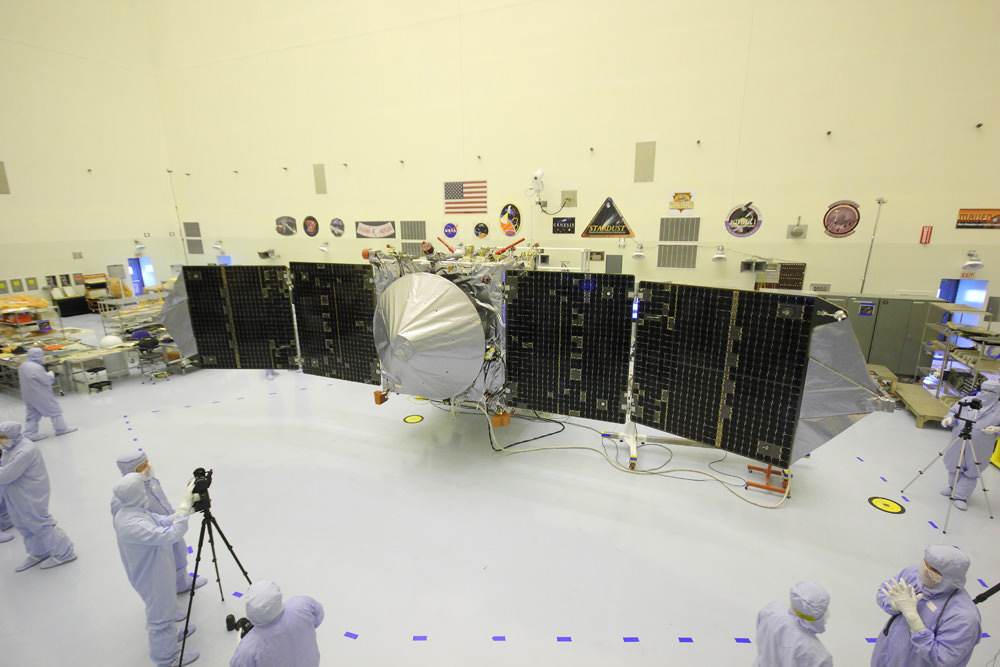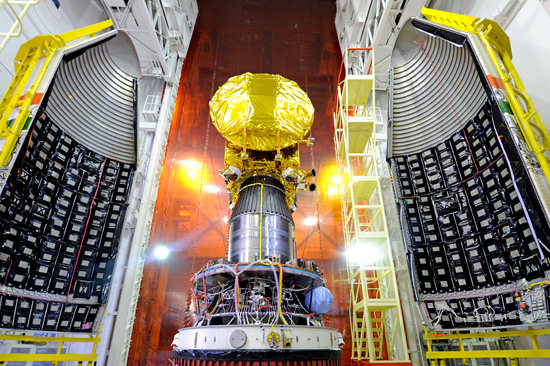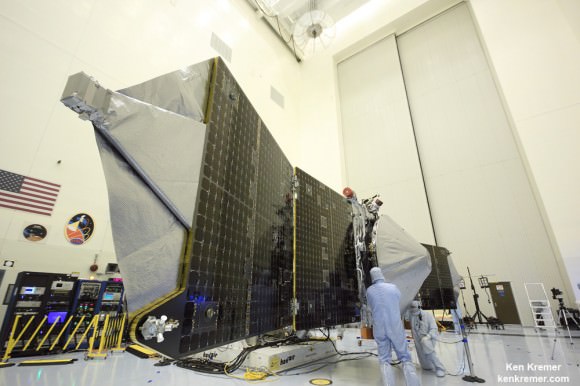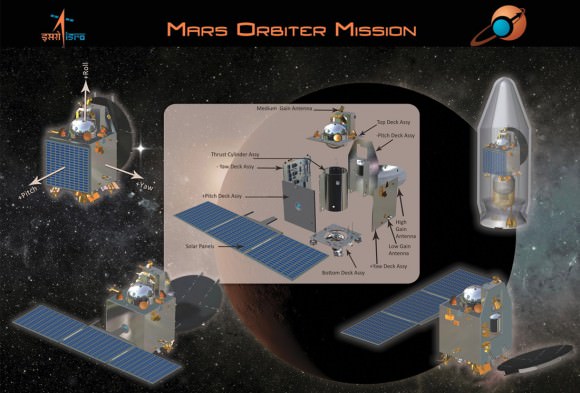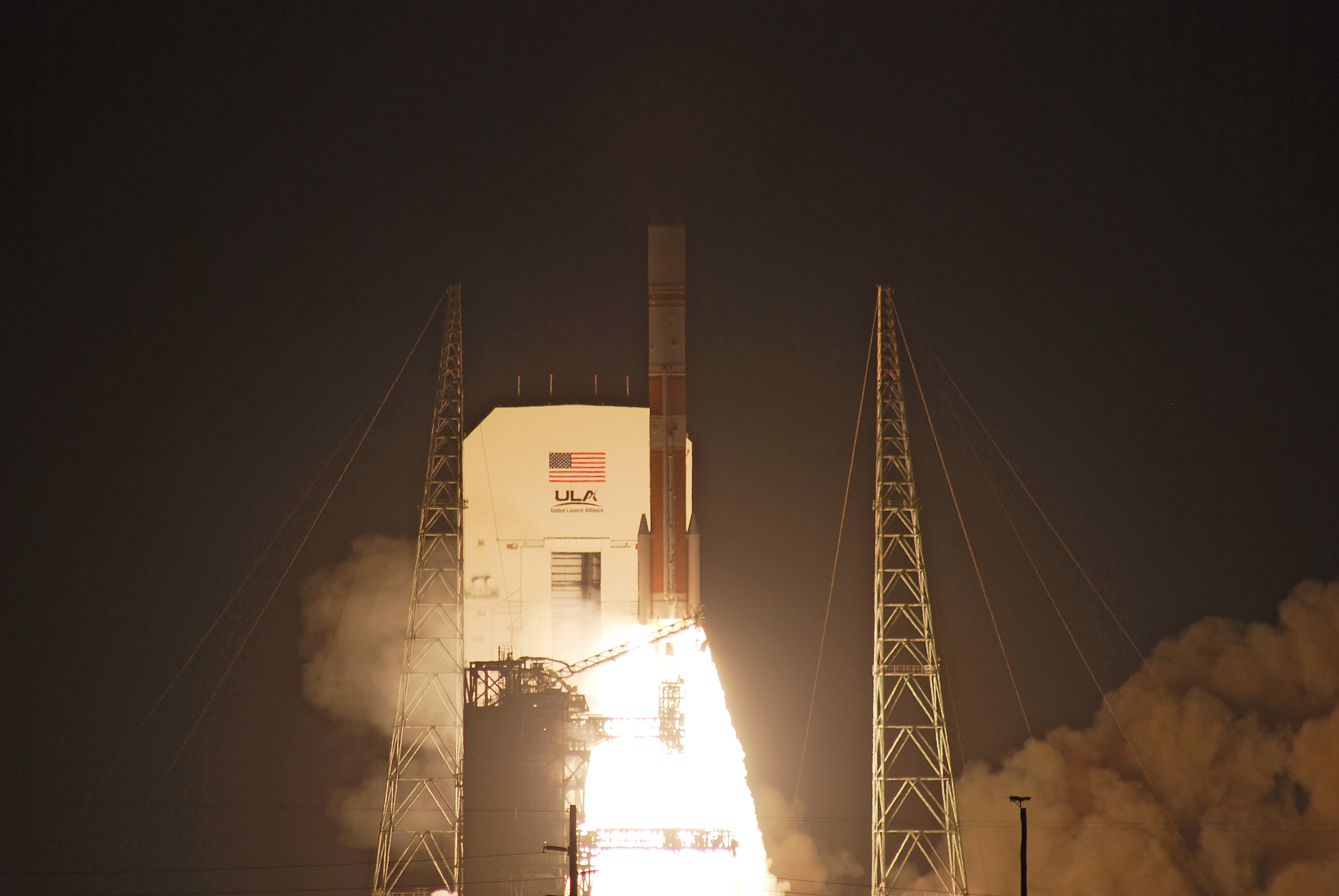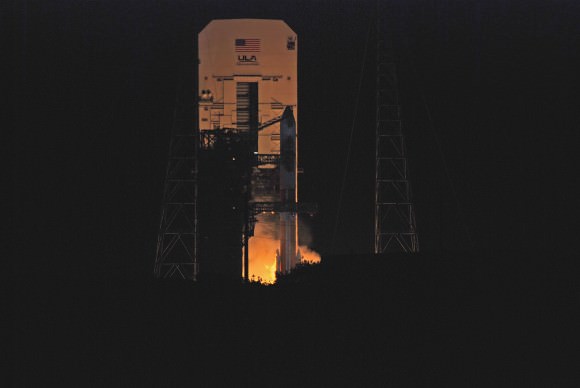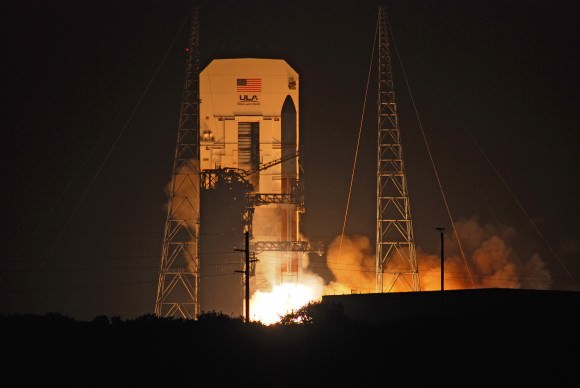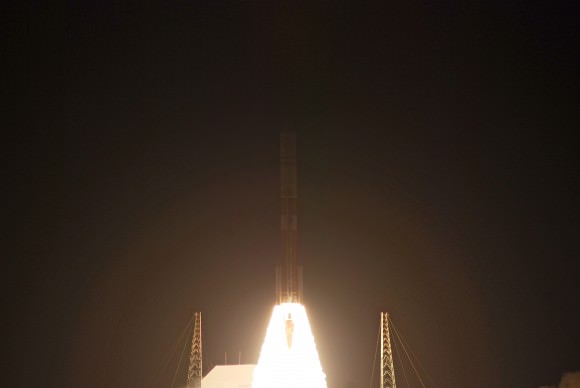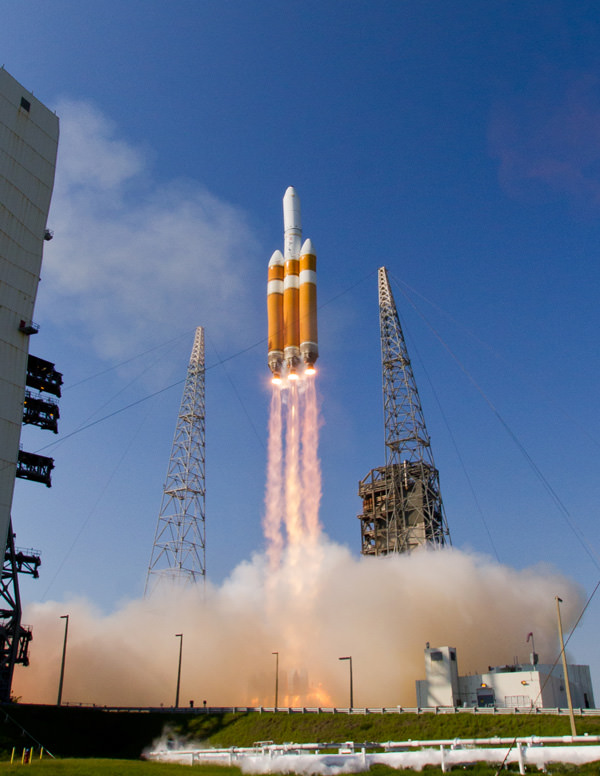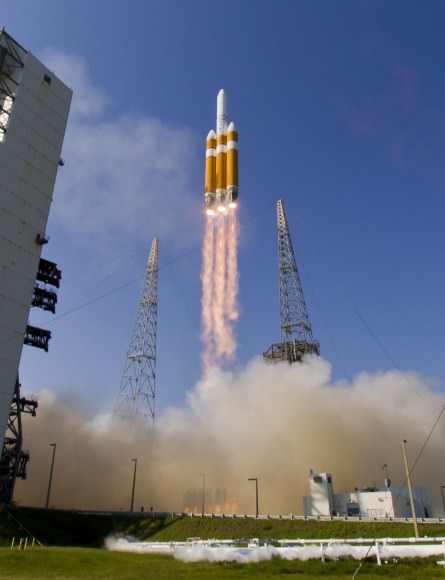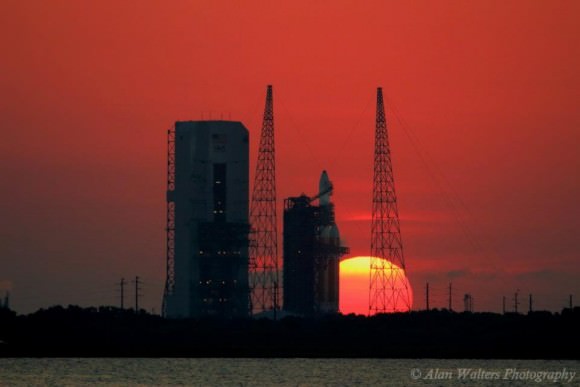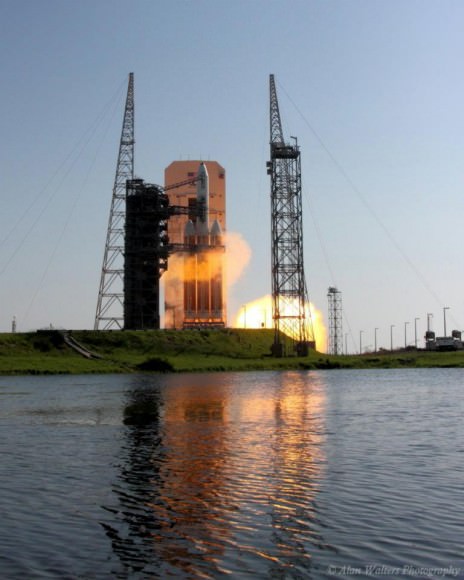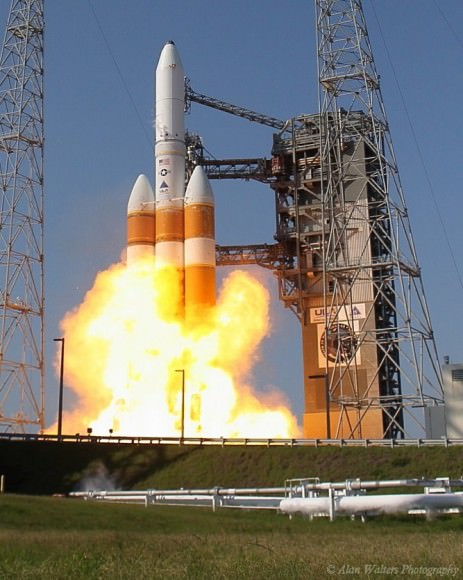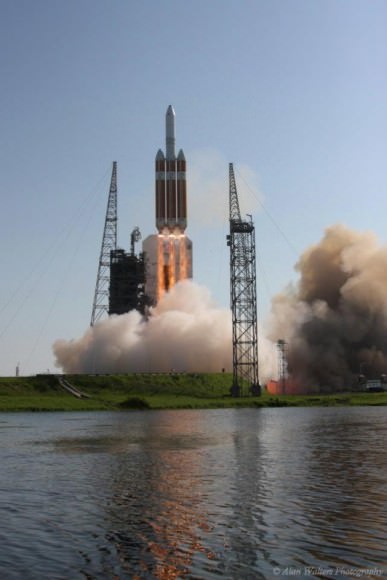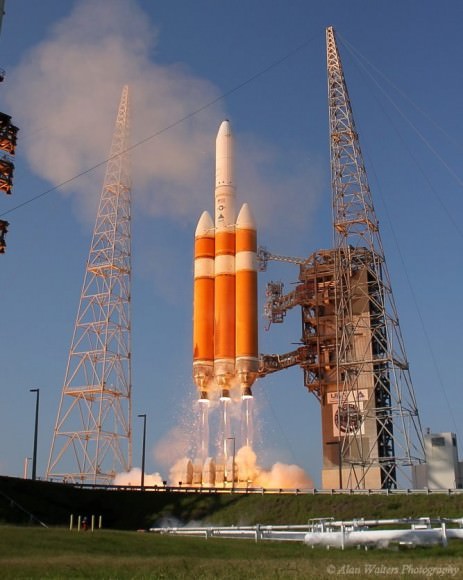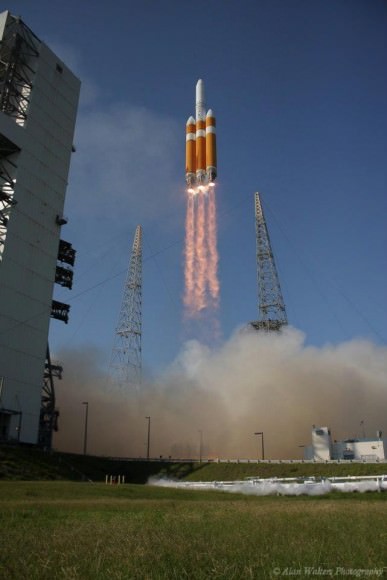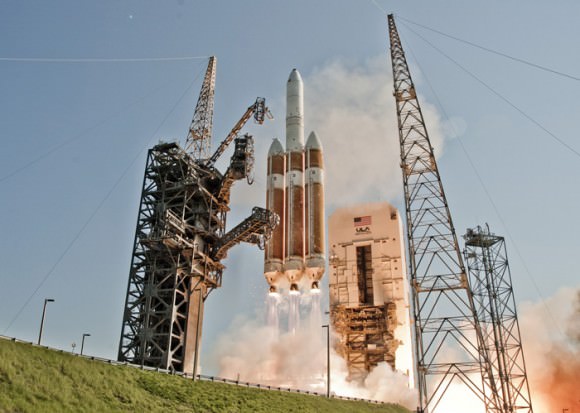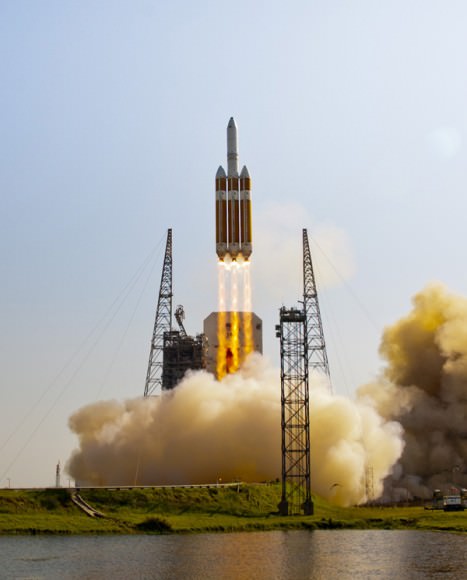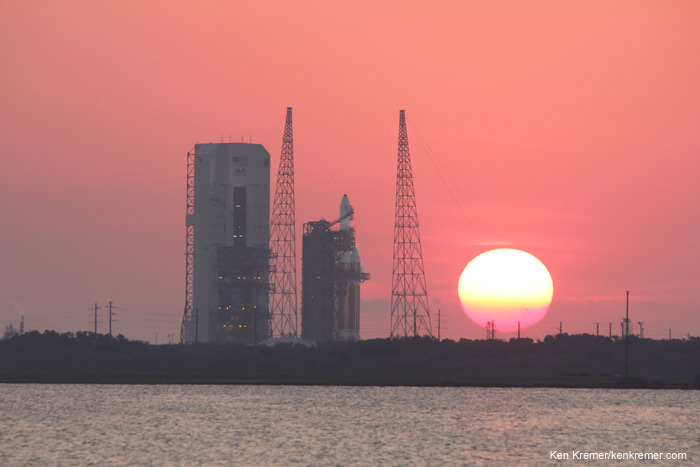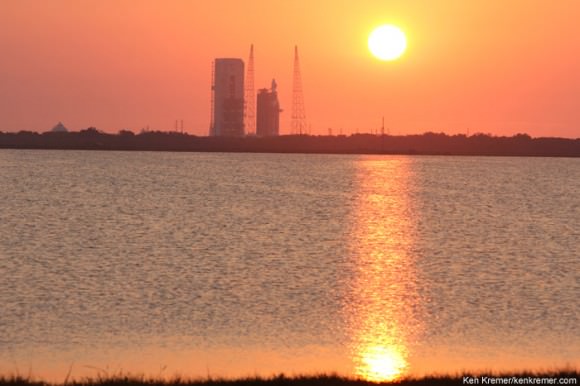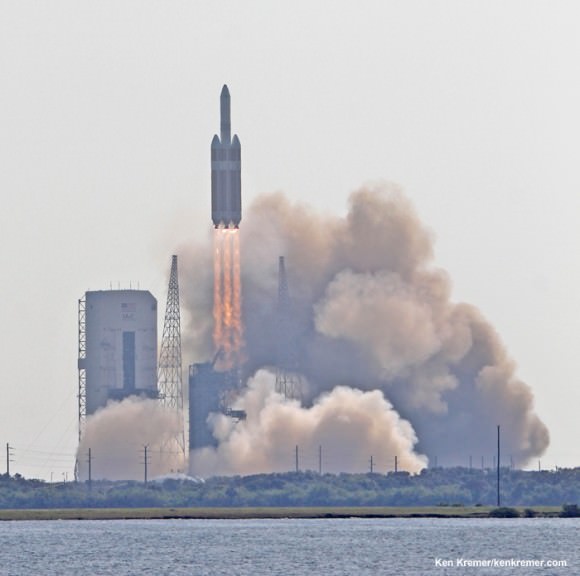SpaceX CEO Elon Musk announces lawsuit protesting Air Force launch contracts while speaking at the National Press Club in Washington, DC on April 25, 2014
Story updated[/caption]
Elon Musk, CEO and founder of the upstart commercial launch venture SpaceX, announced at a press conference today, Friday, April 25, that SpaceX is filing suit against the Federal Government to protest and break the US Air Force’s awarding of lucrative launch contracts for high priority national security satellites to a sole rocket provider – United Launch Alliance (ULA) – on a non competitive basis.
The gloves are officially off in the intensely mounting duel over multibillion dollar Air Force military launch contracts between SpaceX and ULA.
“The official protest document will be available Monday, April 28th at www.freedomtolaunch.com and will be filed with the United States Court of Federal Claims in Washington, D.C.,” said SpaceX in an official statement.
Musk said the Air Force launch contract with ULA amounted to a continuing monopoly, was unfair by blocking SpaceX from competing for launches of surveillance satellites and would cost taxpayers billions of extra dollars in coming years.
“What we feel is that this is not right – that the national security launches should be put up for competition and they should not be awarded on a sole source, uncompeted basis,” said Musk at the briefing called on short notice and held at the National Press Club in Washington, DC.
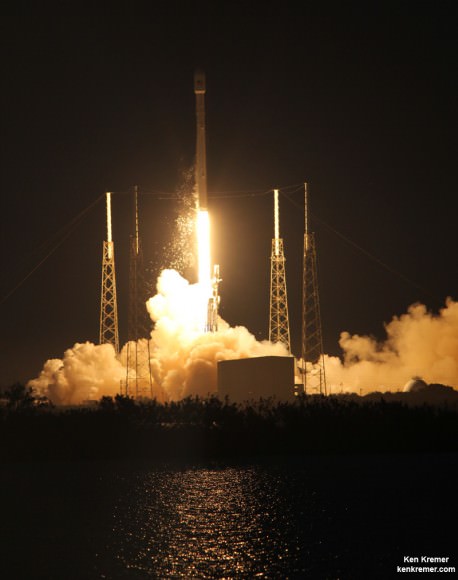
The latest Air Force launch contract dated to December 2013 guarantees the “block buy” purchase of 36 rocket cores from ULA for national security launches for the DOD, NRO and other government agencies, at a significantly reduced cost compared to earlier contracts.
A further 14 cores were to be awarded on a competitive basis, including bids from SpaceX and others who seek to gain Air Force certification. Several of those launch awards have now been deferred indefinitely.
ULA is a joint venture between aerospace giants Boeing and Lockheed Martin, formed in 2006, that has launched over 80 satellites to orbit and beyond including many NASA science and mission probes like Orion EFT-1, Curiosity, MAVEN, TDRS and more.
It manufactures the Delta IV and Atlas V unmanned, expendable rocket families that are currently the only boosters certified to launch the high value military payloads at issue in the lawsuit announced on Friday by Musk.
The newest versions of the Delta and Atlas rockets – known as EELV’s (Evolved Expendable Launch Vehicles) have had nearly flawless records of success since being introduced some dozen years ago by the companies individually, before the ULA merger.
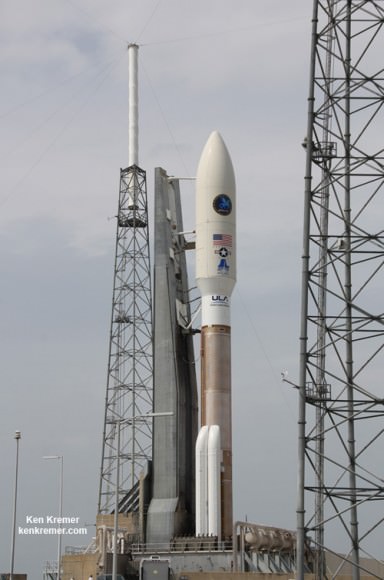
Musk wants his company’s newer and he says much cheaper Falcon 9 and Falcon Heavy rockets to be certified by the Air Force and included in the competition for launch contracts.
To date the Falcon 9 has launched only 9 times. Only four of those were in the new and more powerful configuration needed by the Air Force.
Musk is not asking that the launches be awarded outright to SpaceX. But he does want the Air Force contract cancelled and re-competed.
“We’re just protesting and saying that the launches should be competed,” Musk said.
“If we compete and lose that’s fine. But why were they not even competed? That just doesn’t make sense.”
“So far we are most of the way through the certification process. And so far there have been zero changes to the rocket. Mostly it’s just been a paperwork exercise.”
“Since this is a large multiyear contract, why not wait a few months for the certification process to complete. And then do the competition. That seems very reasonable to me.”
Musk said it costs four times more to launch ULA’s Delta or Atlas rocket vs. a SpaceX Falcon rocket.
“The ULA rockets are basically four times more expensive than ours. So this contract is costing US taxpayers billions of dollars for no reason.”
“Each launch by ULA costs American taxpayers roughly $400 million per launch. They are insanely expensive. I don’t know why they are so expensive.”
The Falcon 9 lists for about $60 Million per launch, but rises to about $100 million after the certification costs are included, Musk explained.
“So yes the certification does make our Falcon 9 rocket more expensive. But not 400% more expensive.”
“Our rockets are 21st century design,” said Musk to obtain the most efficiency. He said ULA’s designs date back to the 90s and earlier with heritage hardware.

To date the Falcon 9 has already been used three times under a $1.6 Billion contract with NASA to launch the private SpaceX Dragon resupply vessel to the International Space Station (ISS) – most recently a week ago during the April 18 blastoff of the SpaceX CRS-3 mission from Cape Canaveral.
It is also being used to launch highly expensive communications satellites like SES-8 and Thaicom-6 for private companies to geostationary orbits.
“It just seems odd that if our vehicle is good enough for NASA and supporting a $100 billion space station, and it’s good enough for launching NASA science satellites, for launching complex commercial geostationary satellites, then there’s no reasonable basis for it not being capable of launching something quite simple like a GPS satellite,” said Musk.
“Our only option is to file a protest.”
Furthermore as I wrote here in a prior article, US National Security launches are now potentially at risk due to the ongoing crisis between Russian, Ukraine and Crimea because the RD-180 first stage engines powering the Atlas V are designed and manufactured in Russia by NPO Energomash, majority owned by the Russian Federation.

“The head of the Russian space sector, Dmitry Rogozin, was sanctioned by the White House in March 2014 in the wake of Russia’s aggression in Ukraine,” says SpaceX.
The RD-180 engine supply could be cut off in a worst case scenario if economic sanctions against Russia are increased by the Western allies.
ULA has a two year contingency supply of the RD-180’s and blueprints to begin production, if needed.
However in the event of a cutoff, it would take at least three to five years to start and certify RD-180 engine production somewhere in the US, a ULA spokesperson told me recently at Cape Canaveral.
This possibly leaves a 1 to 3 year gap with no Atlas V 1st stage engine supply.
The Delta IV rockets and engines by contrast are manufactured in the US.
“In light of international events, this seems like the wrong time to send hundreds of millions of dollars to the Kremlin,” said Musk.
“Yet, this is what the Air Force’s arrangement with ULA does, despite the fact that there are domestic alternatives available that do not rely on components from countries that pose a national security risk.”
Stay tuned here for Ken’s continuing SpaceX, Orbital Sciences, commercial space, Orion, Chang’e-3, LADEE, Mars rover, MAVEN, MOM and more planetary and human spaceflight news.


